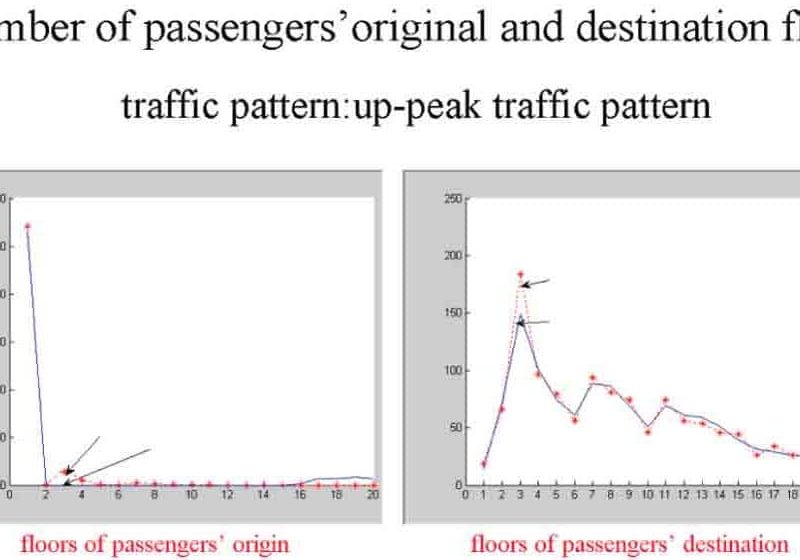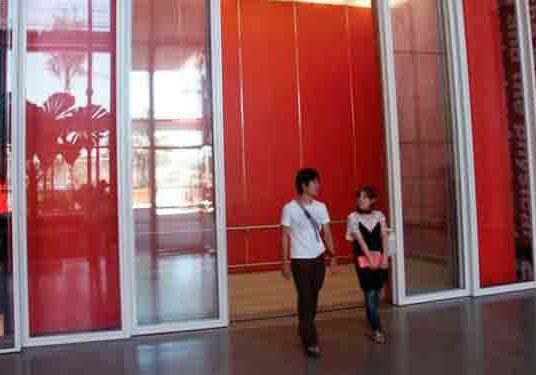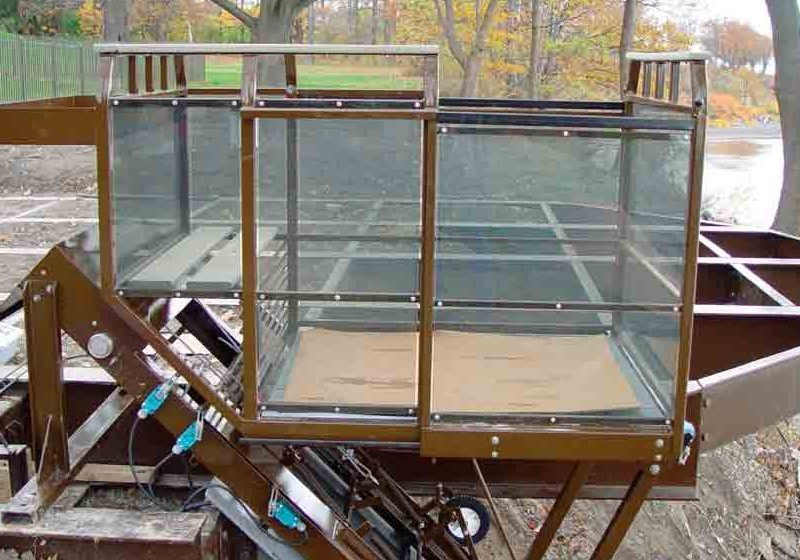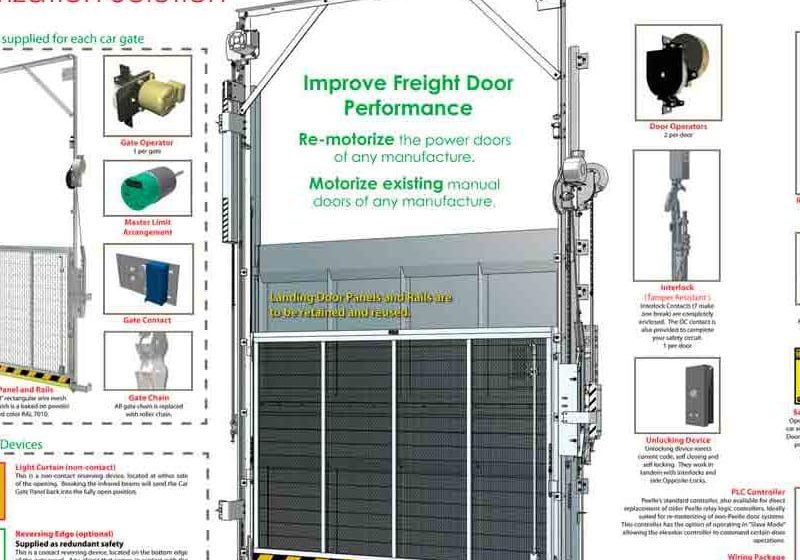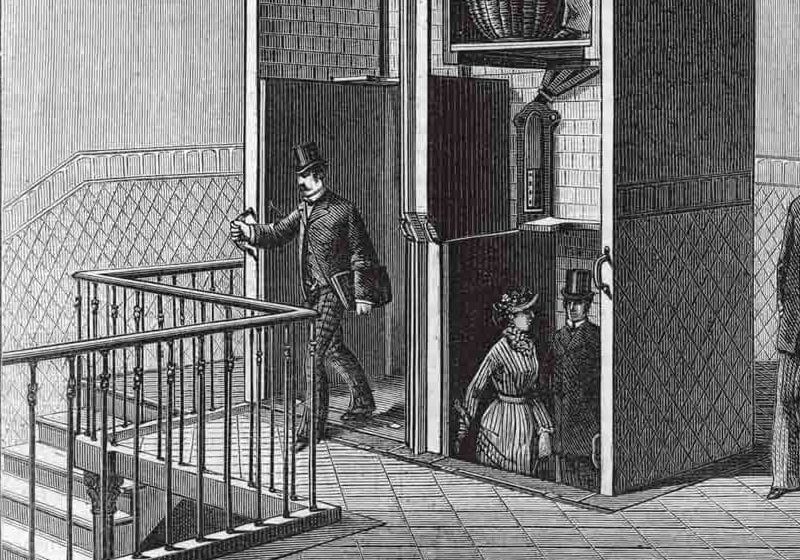Fail Safe Safety Guard: A Way to Prevent Accidents Resulting from Human Error
May 1, 2012
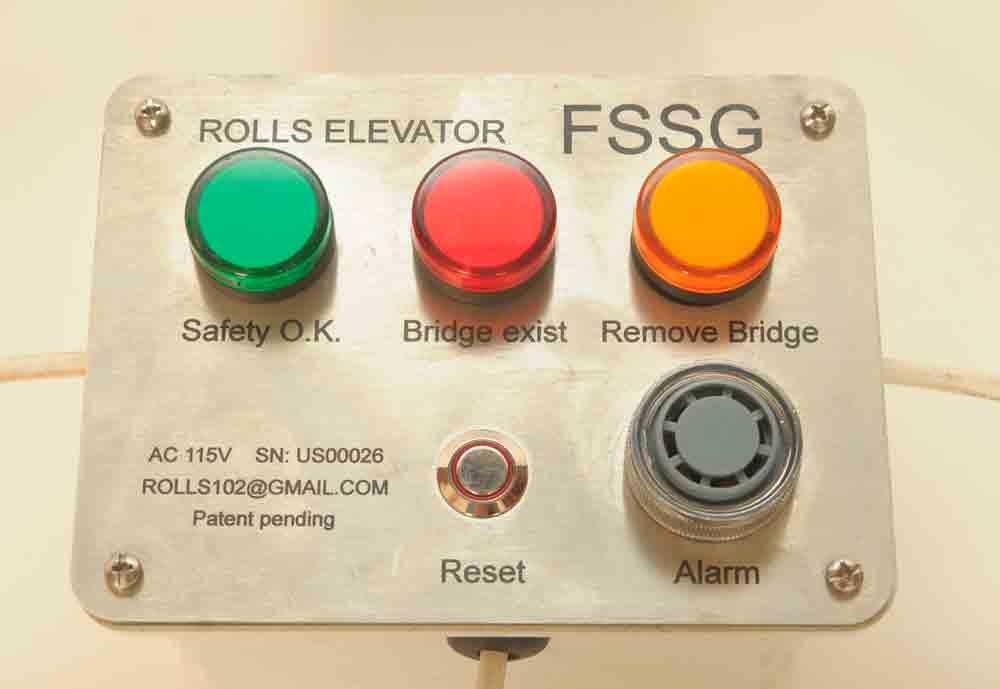
This article focuses on fail safe safety guards and provides solutions on how to minimize accidents caused by human error.
Each year, approximately 500,000 new elevators are installed worldwide, and approximately 15 million elevators that require regular maintenance are in service globally. A substantial number of these units are serviced by small maintenance companies. In the U.S., the total number of elevators is approximately one million, with 20,000 new elevators installed each year. According to the U.S. Bureau of Labor Statistics, on average, 30 people are killed, and 17,000 are injured in elevator accidents in the country annually. Assuming global elevator maintenance adheres to similar standards as the U.S., one can deduce that 600 people are killed and 100,000 are injured worldwide each year.
According to surveys of elevator-related accidents, they are generally divided into two categories: crushing and falling, with statistics indicating that at least 50% of accidents involve persons falling into the elevator shaft. Falling accidents occur only when elevator doors are open and the car is not parked at a particular floor. Surveys indicate that in most incidents, the elevator car left the floor with open doors as a result of a door-lock safety shortcut caused by human error. To understand how this happens, we must take a closer look at the facts.
Technical Aspects
Modern elevators are equipped with safety features to ensure passenger safety. A key feature is the elevator’s electrical safety circuit. This circuit is comprised of a chain line of electrical switch contacts, whereby disconnecting a single contact will cause the elevator to immediately halt. Within this safety circuit, the most important chain of contacts is that controlling elevator doors. The electrical contact in each door must be electrically closed to enable car movement. This feature ensures the elevator is prevented from traveling with doors open.
However, there are situations in which the elevator should be allowed to move with doors open or unlocked. The most common would be during repair, inspection or initial elevator installation. Technicians working on an elevator must be able to travel on the car with doors open. This is accomplished through bypassing or locking out the elevator doors’ safety contacts by means of a simple electrical wire, enabling the technician to move the car with open doors. Doing so, the car travels at low speeds controlled by service/inspection command buttons located above the car that keep the doors from automatically opening when parked. The purpose of this command is to allow the technician to perform inspection or repair work in the shaft.
A majority of accidents attributed to the car leaving a floor with an open door are caused by human error and involve door safety locks. Such mistakes include shortcutting. This takes place when the elevator is in normal operation mode, allowing the car to suddenly lurch up with doors open. This can have fatal results when a passenger enters the car at that moment. However, omitting the shortcut before returning the elevator back to service will have the same results.
The dilemma here is obvious. On one hand, technicians must be capable of moving the car with unlocked doors to perform duties by short circuiting the locking device. On the other hand, we are confronted by the issue of accidents occurring as a result of human error when technicians forget to remove the short circuit before restoring the elevator to normal service mode.
According to a world patents database survey, the major elevator companies invest effort and resources into the development of various types of patented devices to prevent accidents by ensuring technicians cannot forget to reverse the short circuit of the locks. Generally speaking, these patents are based on a methodology devised specifically for this purpose: technicians must use a special box or other electrical component to ensure that by short circuiting or bridging the locks, the elevator will travel in service mode and be prevented from returning to normal operation as long as the short circuit exists.
New elevator controllers feature a plug or switch in the controller that allows shortcutting door locks simultaneously with switching elevator control into service mode. This is a dangerous solution. Though it may reduce risk to passengers, it poses a danger to the elevator mechanic who may be unaware of the shortcut in the controller while he or she is on top of the car and may cause fatal injuries to those working on the car. This solution raises the question of when to remove the shortcut, something that will be elaborated on in the “Solution” section of this article.
Though functional, the problem with such methods is they can be overridden and are subject to failure due to human error. As previously described, an elevator technician can short circuit the safety of the door locks by means of a simple electrical wire or cable and forget to remove it prior to restoring the elevator to normal operation. The other critical mistake would be to undertake the shortcut while the elevator is operating in normal mode. Thus, human error is the primary cause of such accidents.
Solution
It can be assumed that technicians at major elevator companies undergo training to keep them from forgetting the shortcutting of the locks, either by using a special device or through strict discipline. However, maintenance service generally changes every five years, and new technicians may not have experience or training in regards to methods of shortcutting door locks. Therefore, a solution must be found.
My vision is that the Fail Safe Safety Guard (FSSG) device will become an integrated feature of every elevator and serve as a means to increase passenger and mechanic safety. The FSSG device will also have a protective effect in the context of insurance claims and lawsuits that can result from elevator injury or death. This, in itself, acts as an insurance policy.
If we look at the number of accidents cited, the numbers appear small compared to other vehicle-related accidents. Though all vehicles inherently hold a level of risk to users, comparing an elevator to these other forms of travel is neither appropriate nor possible. In most vehicles, drivers/pilots have full control of their handling. This is not the case with an elevator, where the user is incapable of influencing car control and is dependent on maintenance and the design of the apparatus. Further, vehicular accidents can be attributed not only to human error, but also other factors such as road conditions or obstacles. In the case of elevators, no such external factors can be blamed. Along with mechanical malfunctions, the greatest factor in elevator accidents is human error or negligence.
It is critical that factors involving human error are eliminated to the greatest possible extent. It only takes one elevator tragedy to destroy public trust. Conclusive research indicates the public has a long memory of elevator accidents, holding the potential to destroy a building’s reputation, elevator manufacturer or maintenance company. Elevator accidents can cause a counter reaction to the trust engendered between passengers and elevators through the Elijah Otis patent. That patent has enabled our civilization to build, live and work in high-rise buildings. Faith in the patent allows people to enter an elevator with confidence, disregarding the heights to which it travels, based on the existence of a safety brake to prevent elevator freefall in an emergency. Our industry must continue to find ways of building on that faith by making elevator travel free of human error.
The FSSG introduced here is intended to protect passengers and technicians, supporting their efforts and helping strengthen the trust our society places in elevator safety and reliability. To understand the significance of this device, let us analyze the situation and the solution provided.
Problem: How do we prevent human error, avoiding normal-operation mode elevator travel when the elevator is on bypass of the door lock or other safety-circuit mode?
Solution: The patented FSSG device identifying the shortcut of the locks prevents ordinary movement of the elevator and independently switches to service mode. Movement of the elevator is enabled through inspection/service buttons only and elevator doors do not open automatically when parked. The elevator will not return to normal operation during shortcut or bridging mode of the safety circuit of the door locks. Further, the FSSG not only detects any shortcut of the designated safety section, but also tells the mechanic to remove the shortcut upon detecting circuit repair.
The FSSG unit is installed separately from the elevator controller and is added in serial connection to the safety circuit of the elevator. This special device relays an electrical signal to the control board at all times during the bypass of the safety circuits. The electrical signal impacts the behavior of the elevator – for example, changing elevator control from normal to inspection mode for technicians. It can also simply block car movement as predetermined by the elevator company. Whatever methods are used for shortcutting of the door lock, this special device will identify the shortcut and prevent normal elevator operation.
Advantages of FSSG
- Eliminates the potential for accidents caused by shortcut of the safety circuit during normal operation
- Eliminates the potential for accidents caused by forgetting shortcut of the safety circuit, i.e., human error or negligence
- During the shortcut or bypass, a device automatically switches the elevator to service mode. This prevents automatic response to hall and car calls.
- Affects all types of short-circuit devices
- When shortcut is in effect, it signals the technician when a problem is repaired.
- It instructs the technician to remove shortcuts when the safety circuit is repaired.
- Cost effective
- Simple to install
- Reliable
- Can be added to any existing elevator
- Can be used with AC or DC
Conclusion
Elevator safety is a fundamental issue of modern life. One can only imagine the dramatic changes that would result if people no longer trusted elevators as a means of navigating high rises. To maintain passenger trust, elevator reliability must be maximized. The established relationship of trust in the inherent reliability of elevators – often taken for granted until an accident occurs –must be maintained without compromise. Negative publicity concerning elevator safety inflicts damage on the relationship of trust. That is why elevator companies invest in building and supporting that relationship by maintaining superior levels of reliability. Ultimately, this also provides the greatest safety to the user, derived from minimizing the potential and actual number of accidents. The FSSG device presented goes a great distance toward ensuring elevator safety in modern life and sustaining the trust we have in its reliability.
To obtain more information on the FSSG in the U.S., contact Patrick Carrajat at (718) 361-8683 (office) or (917) 748-2328 (cell), or [email protected].
Get more of Elevator World. Sign up for our free e-newsletter.


